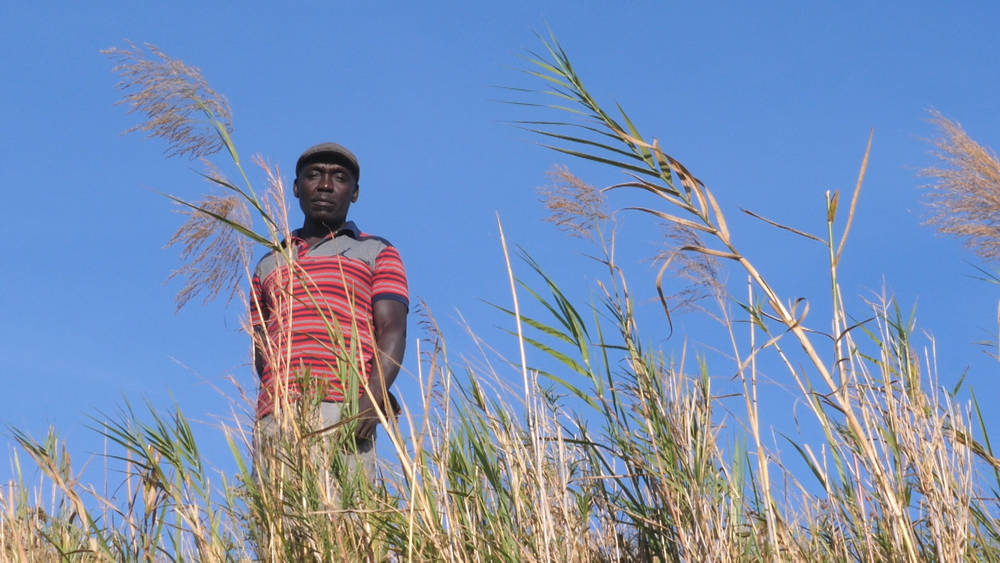A poetic approach to the world
Solitude, subjective feelings, ineffability, desire, a poetic approach to the world and our surroundings – these themes were typical for the Romantic...
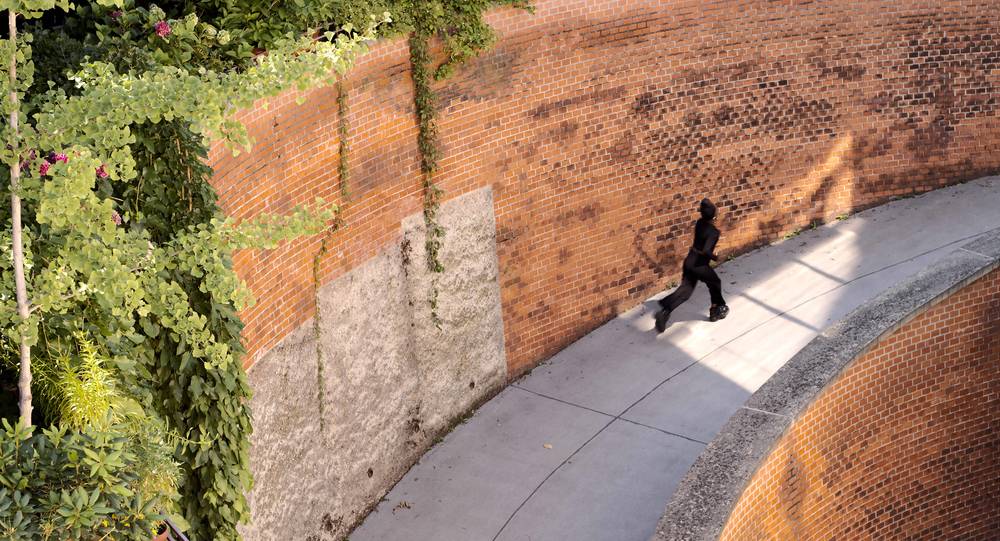
The Double Feature sees itself as a platform for different currents and forms of expression in film and video art production. For more than eight years, the SCHIRN has invited national and international film and video artists to present a work from their own oeuvre, followed by a film of their choice. Films and video works by over 60 artists have already been shown at the SCHIRN. The videos and conversations with the artists involved so far are available on the SCHIRN's YouTube channel under the title "Video Art." The SCHIRN MAGAZINE also regularly provides discursive contributions with an editorial focus on video art to the Double Feature series
In her work, Belinda Kazeem-Kamiński interweaves Black feminist theory with a research-based and process-oriented investigative practice dedicated to the conditions of Black life in the African diaspora. Kazeem-Kamiński consciously transcends clear boundaries between documentation and speculation by linking different spaces and times. The artist is presenting two films at the SCHIRN. In "The Letter" (2019, 18 min.), Kazeem-Kamiński examines the power of the archive in the formation of collective memories. Inspired by an open letter by Yaarborley Domeï, which was published in the Vienna Caricatures in October 1896, three empaths follow the traces of Yaarborley Domeï's life. The filmmaker emphasizes the violence of the archive, which attempts to suppress and erase relationships and experiences. The second film of the evening "Fleshbacks" (2021, 6 min.) is a three-part addition to "The Letter" and shows protagonists in different urban environments. Dressed in black overalls and equipped with props such as a magnifying glass, restorative tools and black leather gloves, they move through the city following an invisible call. The boundaries between Vienna and Accra, between then and now, between here and there, become blurred and ultimately obsolete.
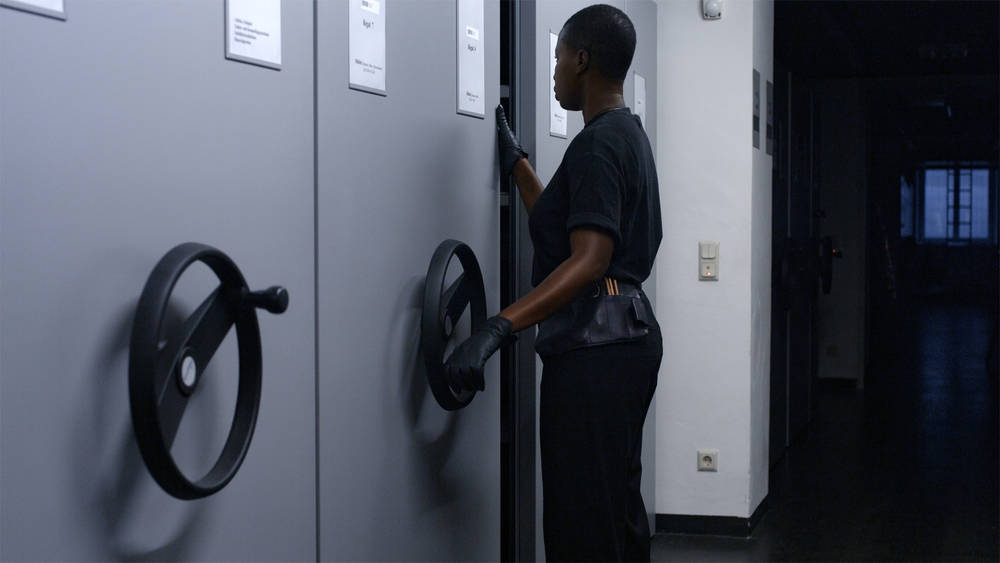
Eglė Budvytytė works at the intersection of visual and performative art. At the core of her work is an engagement with normativity, gender, and social roles in public spaces. The artist employs a variety of media, exploring the relationship between the body, the audience, the environment, and the ecosystem through songs, poems, videos, and performances. In the SCHIRN, she presents her latest video work, "Songs from the compost: mutating bodies, imploding stars" (2020, 28 minutes), created in collaboration with Marija Olšauskaitė and Julija Lukas Steponaitytė. The film was shot on the Curonian Spit, a sandy peninsula on the Baltic Sea. In this setting of pine forests, dunes, and water, non-binary performers engage in an elegiac choreography with their environment, exploring the dimensions of symbiotic life and non-human, hybrid consciousness. The horizontal choreography contrasts with the typical verticality of the human figure, allowing it to unfold within the landscape. A crucial aspect of "Songs from the compost: mutating bodies, imploding stars" is the intimate sound layer, created from hypnotic chanting by different voices. Budvytytė references microbiologist Lynn Margulis and science fiction author Octavia Butler, among others, who also explore symbiosis and mutation.
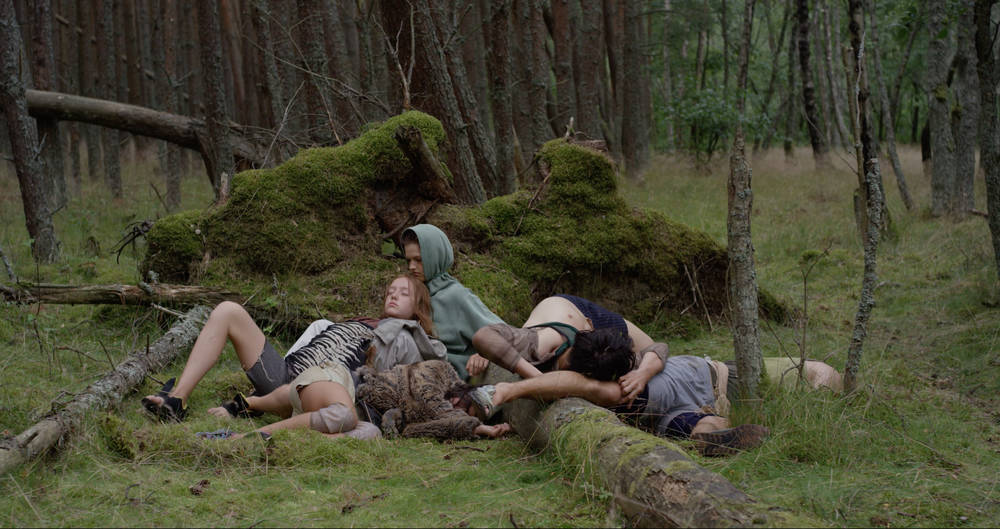
Rudelius creates video works to address and illuminate problems she encounters. One of her key strategies is to stage scenarios that weave together verité film, cinema, video installation techniques, and pop cultural phenomena on the margins of history. Her practice addresses power and gender, focusing particularly on interpersonal relationships and vulnerabilities that arise from the human need to belong in late capitalism. With "Layers of Sentiment" (2023), the artist takes a significant step toward screenwriting. Three scenes, performed by actors, deal with different facets of everyday female power struggles - women ambivalently enmeshed in varying degrees of success and compromise. In the process, masculinity is ubiquitous, but real men are rare. A father wanders a courtyard like a ghost, and the son of an art collector - one of the so-called good men - makes an inappropriate gesture to the female artist. "It is true because I feel it" (2021) takes the speculative turn into another dimension: random couples share intimate feelings, guided by a coach trained in healing through non-intrusive touch. The act of reaching out feels totally different depending on who initiates contact. The video captures a workshop initiated by Rudelius with common people; what is potentially fictional is the way participants seek intimacy itself.
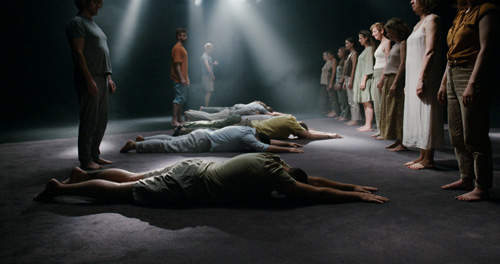
The works of the artist and filmmaker Pınar Öğrenci explore material cultures in various regions in the context of forced displacement, survival and resistance. In the SCHIRN, she presents her film “Aşît” (“The Avalanche“, 2022, 60 minutes), which she realized as part of documenta fifteen. In “Aşît”, Öğrenci investigates various causes of emigration in her father's hometown in a mountainous part of the Kurdish Van region in eastern Turkey. The title, which means “Avalanche” or “Catastrophe” in Kurdish, refers to both an avalanche threatening the mountain community and “Medz Yeghern”, the Armenian Genocide in the Ottoman Empire starting in 1915, whereby the term can be literally translated as the “Great Catastrophe”. The artist uses oral traditions, photo archives, and current images of the area to uncover traces and traumas in the countryside, in customs, music, mytologies and memories. The impressive landscape images are accompanied with songs collected by the Armenian musician Hayrik Muradian, who fled from Van in 1918. “Aşît” is partly inspired by Stefan Zweig's last book before his death in exile -a psychological thriller “The Royal Game” (1941) about a lawyer prisoned by Nazi's in a hotel room who plays chess in his mind as a survival strategy under fascist rule.
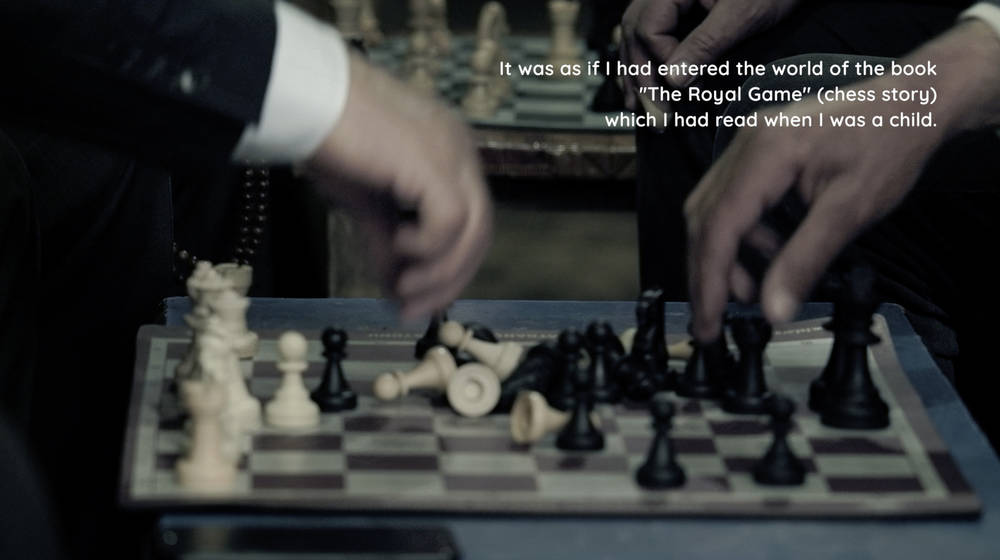
Film director, producer, and screenwriter Christin Berg's work focuses on urban spaces and remote natural areas, which she uses to examine the paradoxical states of humanity. At the Schirn, she will show her film Beyond the Now (2022, 19 min.). The work combines reflections on environmental degradation, loss of empathy, and social speechlessness in a short film format. Beyond the Now plays temporally between the now and a future, illustrating the discrepancy between the existing and a past hope. The work's point of departure is formed by panoramic landscape shots taken by drones, but which at the same time evoke memories of the romantic worship of the sublime of nature. By increasingly putting people in the picture, the film turns its focus to the traces our society leaves in nature. A scene change to a bar in which two women are performing a non-verbal performance refers to the present, in which speechlessness as well as resignation dominate the confrontation with climate change and media images of catastrophes. At the same time, the performance of the protagonists symbolizes the cycle of birth, growth, deconstruction, and death and characterizes man as a natural being.
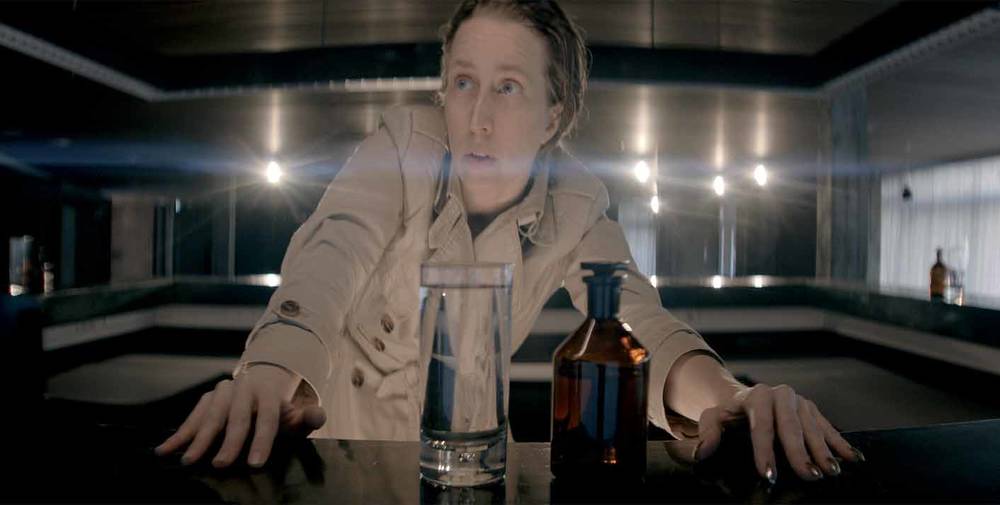
Marianna Simnett considers herself a multidisciplinary visual artist living and working in Berlin. Simnett uses living and visceral means to explore the body as a site of transformation. In psychologically charged works that challenge both herself and the viewer, Simnett imagines radical new worlds filled with untamed thoughts, strange stories, and desires. At the SCHIRN, she presents the films "Prayers for Roadkill" (2022, 6 min.) and "The Severed Tail" (2022, 22 min.) The title of the first film comes from a quote by conceptual artist Adrian Piper, in which she expresses her empathy and fascination with the micro-violence that takes place under the wheels of a car. The stop-motion animated film she uses the aesthetics of old children's television programs to explore the emotional and material entanglements of love and cruelty. The second film alternates between human and non-human actors* to tell the story of a piglet's radical journey through different layers of fetish worlds. The Severed Tail is a story of transformation and desire, exploring the differences between species - and their mutual transformation. To create the work, Simnett immersed herself in the Pup Play and LARP community in Berlin.
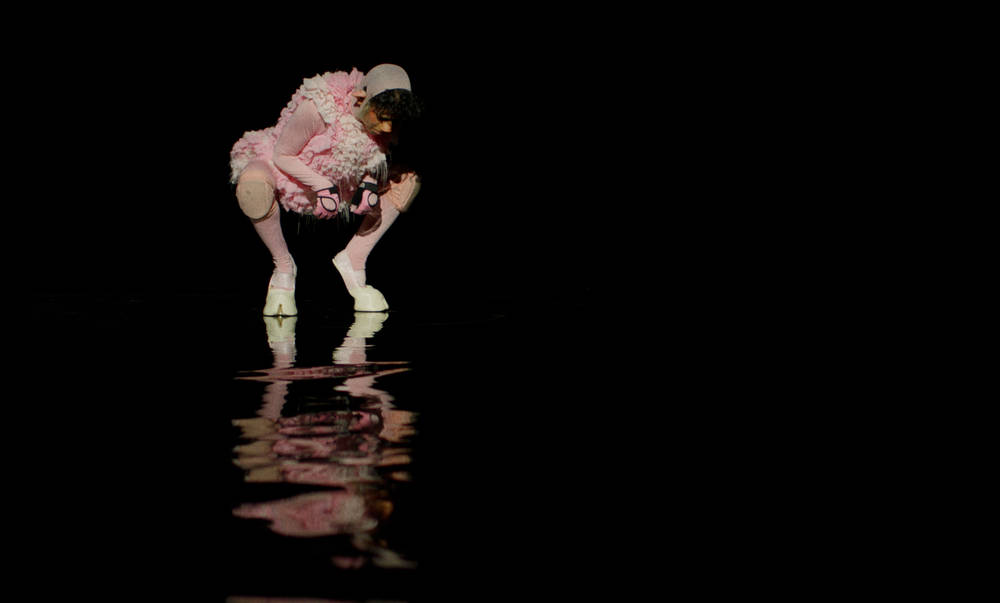
Artist, filmmaker, and essayist Tekla Aslanishvili's work explores widespread practices of automated production and algorithmic management of global urban spaces. Aslanishvili's works operate at the intersection of infrastructural design, history, and geopolitics. At the Schirn, she presents her film "A State in a State" (2022, 47 min.); an experimental documentary that follows the construction, disruption, and fragmentation of railroads in the South Caucasus and Caspian regions. The film looks at railroads as a technical realization of the fragile political borders that emerged after the collapse of the Soviet Union. Looking at historical and contemporary practices of resistance, "A State in a State" explores the potential of railroads for building a different infrastructural consciousness and for lasting transnational kinship among the people who live and work around them.
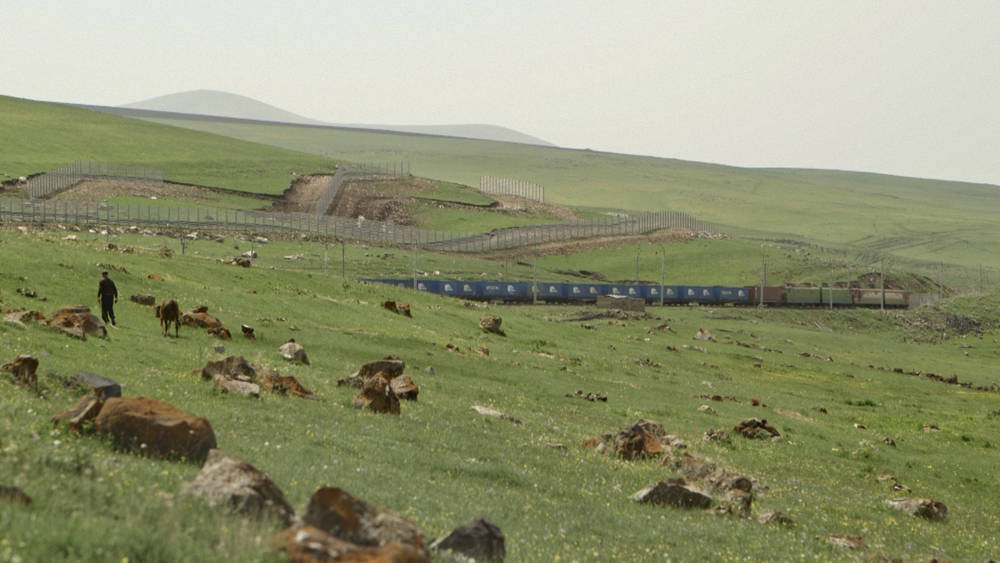
Photographer and video artist Flo Maak has been exploring queer history, food, and body politics in his work for over 15 years. His short film "Hang On, Hang Tight" (2022, 36 min.) focuses on an almost forgotten uprising during Mardi Gras in 1955, in which queer visitors to a bar in New Orleans defended themselves against police harassment. The incident is all but forgotten today, with few documents to back it up. "Hang On, Hang Tight" reconstructs the events through a variety of interviews with contemporary witnesses and historians. The accounts are intercut with sequences of dance choreography developed in collaboration with choreographer Diogo de Lima, suggesting an unfolding of the events. Shots at night show the famous Bourbon Street, the site of the uprising at the time and a central hub for bars and strip clubs in the heart of the city, deserted. Only remnants of a debauched party night can be seen, linking the present and the past of the historic party mile. The film was made in cooperation with Danish filmmaker and artist Lasse Lau (*1974), with whom Maak has been working on projects since 2006.
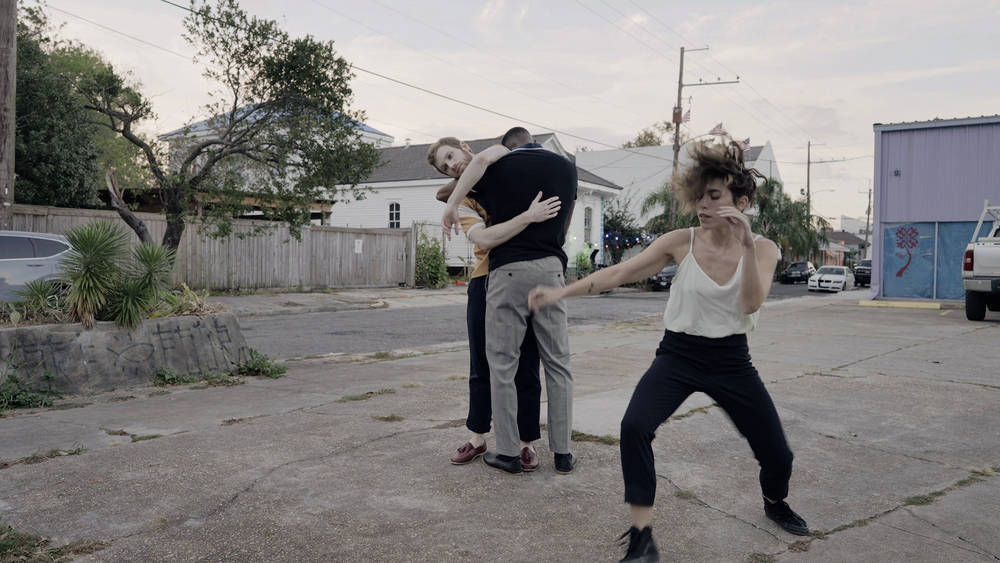
Driant Zeneli (*1983) has already twice featured in the Albanian pavilion at the Venice Biennale. His predominantly cinematic work is carried by a humanistic ethos that consists in the construction of social utopias and the constant failure to realize them. His most recent trilogy is about fairy-tale creatures and fabulous stories, which Zeneli has set in three historic, brutalist buildings in three Balkan cities - Pristina, Tirana and Skopje. He will also show this trilogy at the upcoming Double Feature at the SCHIRN.
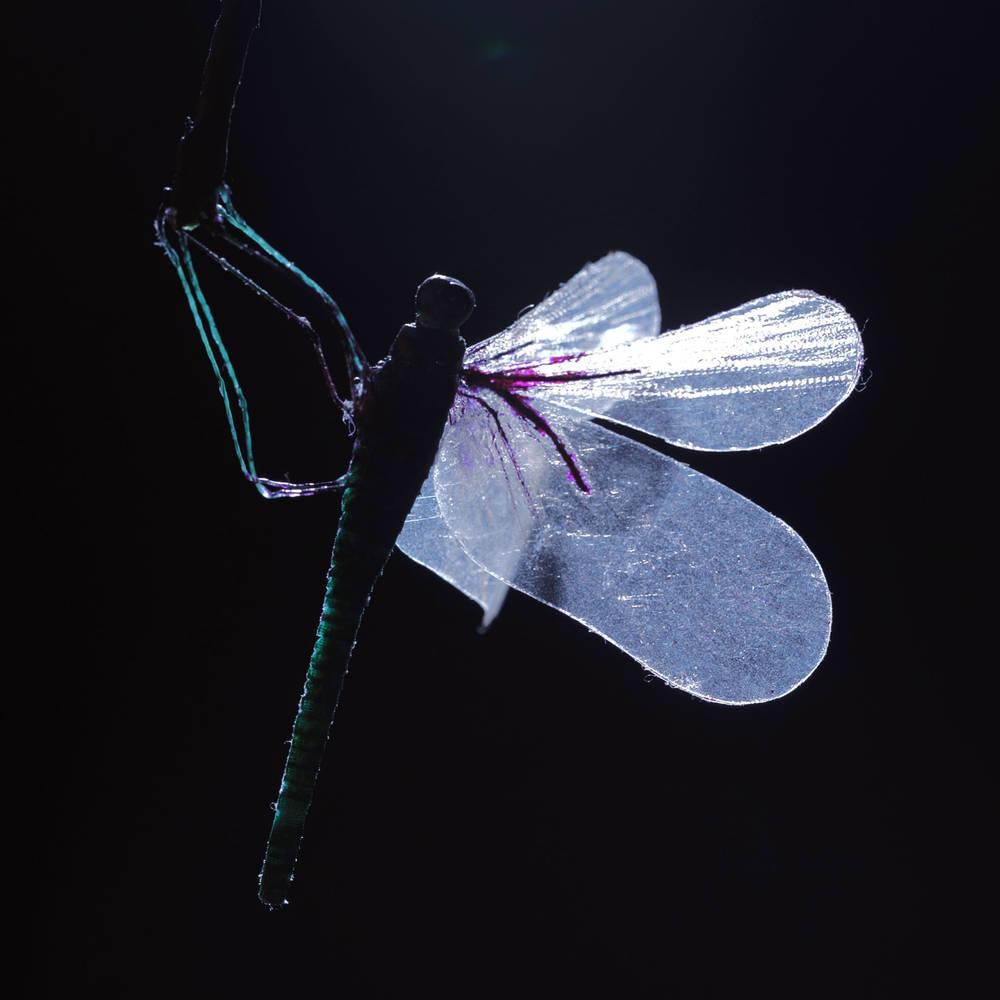
Maeve Brennan is a London-based artist and filmmaker. She works with moving image, installation, sculpture and print media to explore the political and historical resonance of material and place. She develops long-term investigations guided by personal encounters, drawing on expert knowledge that encompasses a material practice, such as that of geologists, archaeologists, or restorers, with a particular focus on repair. In An Excavation (2022), she works with forensic archaeologist Dr Christos Tsirogiannis to track down international underground networks that facilitate the looting, smuggling and sale of cultural artefacts.
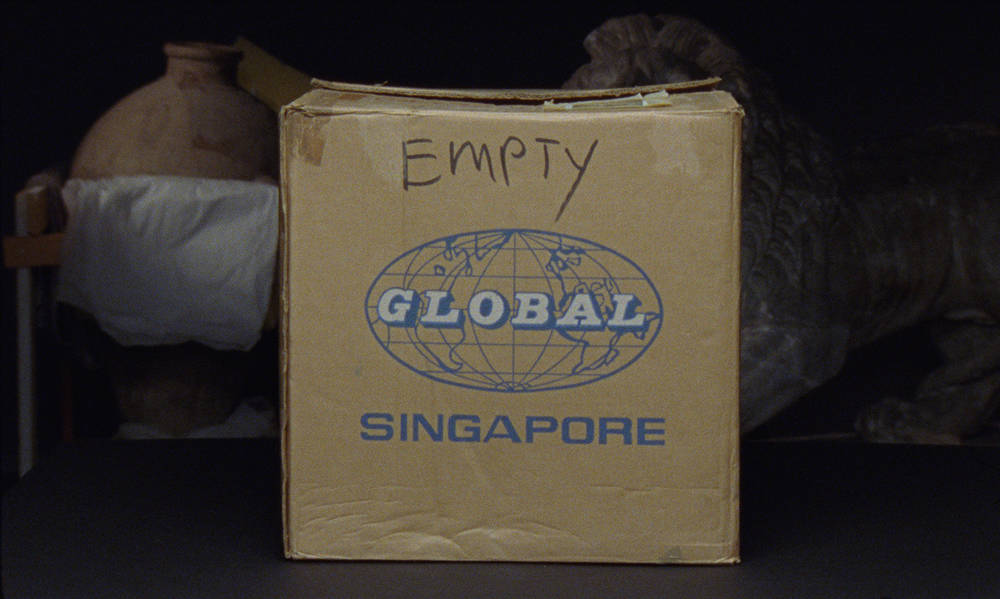
Film artist Karimah Ashadu explores living and working conditions, patriarchy and notions of independence in the socio-economic and cultural context of Nigeria and West Africa. At the SCHIRN, Ashadu will show her film Plateau (2021, 30 min.), named after the Nigerian state of Jos-Plateau. The video work follows a group of miners who illegally mine tin and columbite in this region and opens a postcolonial discourse. After the end of the trade in the minerals, which was founded in colonialism, in 1985, many companies there were closed and the workers laid off. However, the knowledge acquired was passed on and independent communities formed to mine for minerals again. Plateau portrays workers, villagers and landowners reflecting on the destruction of the landscape, injustice and the dangers of tin mining. At the forefront, however, is the quest for independence through work. Ashadu thereby directs the gaze unabashedly to the beauty of the rutted landscape and creates a real image of the dangerous working conditions without moralizing.
